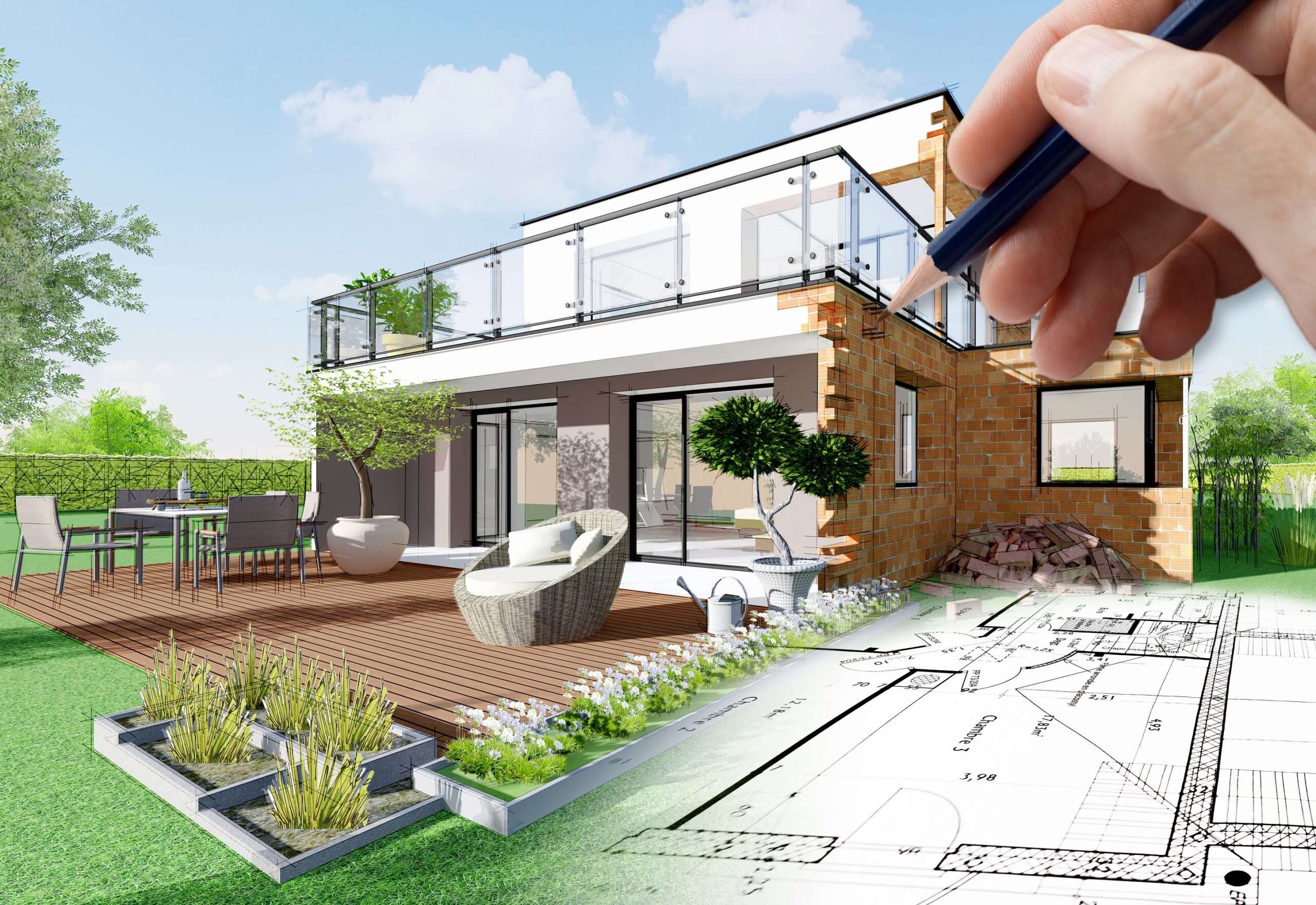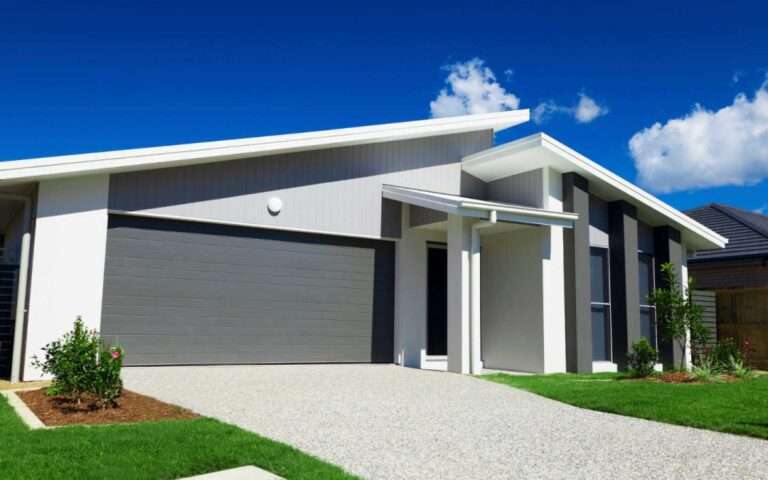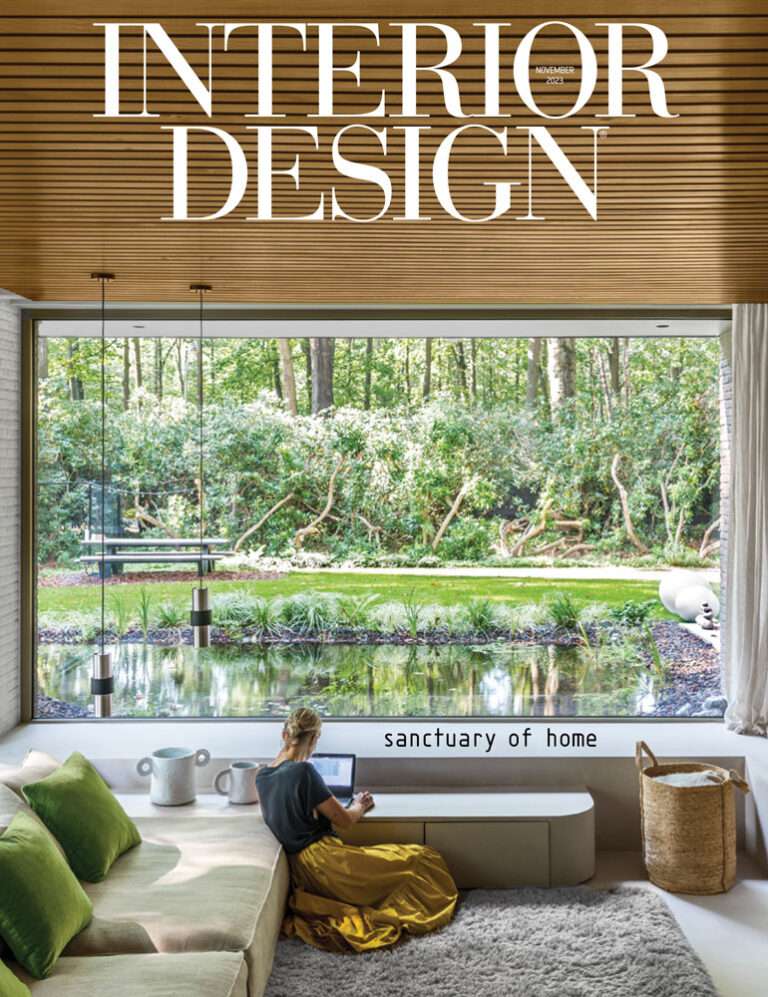The Masterful Art | Homebuilding
Homebuilding isn’t just about laying bricks and mixing cement; it’s a canvas for creativity and a testament to human ingenuity. When you think about building a home, envision the process as an orchestra, where every player, from architects to builders, contributes to a harmonious masterpiece that stands the test of time. Whether you are a business looking to dive into the lucrative world of home construction or a potential homeowner aiming to craft your dream dwelling, understanding the nuances of homebuilding is essential.
Key Takeaways:
- Understanding Home Building: Learn about the fundamentals of constructing your dream home, from the ground up.
- Architectural Styles: Dive into the various architectural styles that can influence the design and aesthetics of your home.
- Role of Architects and Builders: Understand the distinct roles and how they contribute uniquely to the homebuilding process.
What Is Home Building?
Homebuilding is the intricate process of designing, planning, and constructing a residence. Unlike the purchase of a pre-existing home, building a new one allows for a customized space tailored to the unique needs and desires of the homeowner. From selecting the perfect plot of land to laying the final tile, each step is a critical component of the journey to creating a place that is truly ‘home’.
The Planning Phase
Planning is the backbone of successful home construction. It involves choosing the right location, understanding zoning laws, and securing permits. A thorough planning phase helps avoid costly mistakes and ensures that the build progresses smoothly.
Designing Your Dream Home
The Architect’s Role: The architect molds your ideas into a feasible design, ensuring functionality meets aesthetics. They consider factors like light, space utilization, and environmental impacts, turning abstract concepts into detailed plans and 3D models.
Choosing Architectural Styles: Your home’s style is more than visual appeal; it reflects your personality and lifestyle. From the sleek lines of Modern architecture to the ornate details of Victorian design, the choice of style can fundamentally alter the living experience.
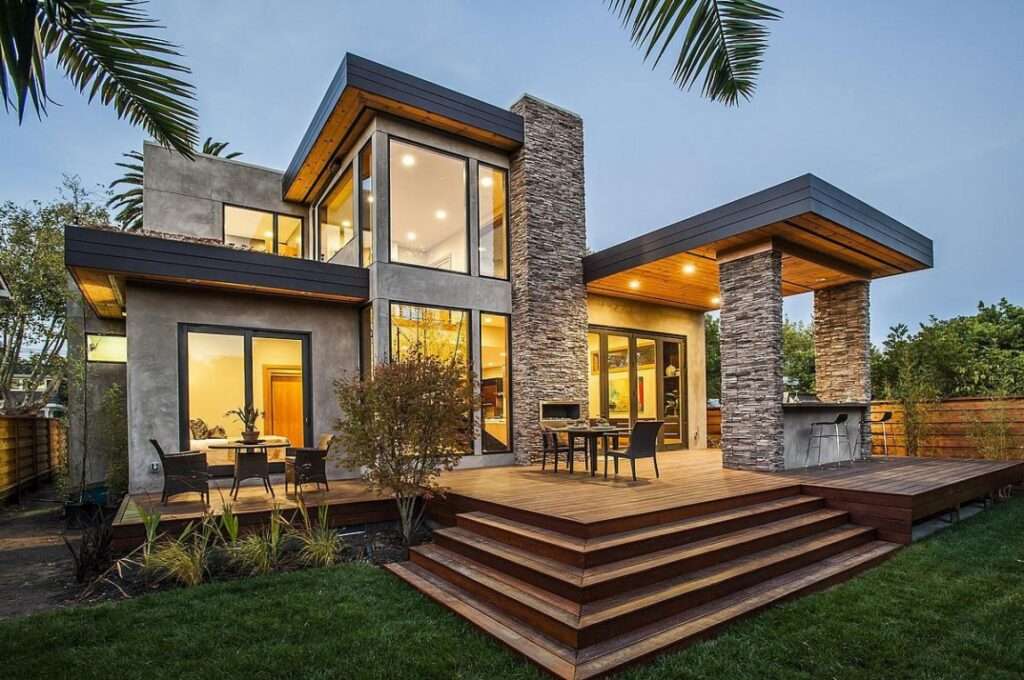
The Construction Phase
Foundations to Finishes: The actual construction starts with laying a solid foundation, followed by the structural framework. Each phase, from plumbing and electrical to painting and finishing, requires meticulous attention to detail and adherence to safety standards.
Builder vs. Architect: While architects design the home, builders bring these designs to life. Understanding the distinction and how they collaborate can enhance the efficiency and outcome of your building project.
Sustainable Building Practices
Eco-Friendly Materials: Choosing sustainable materials is not only good for the planet but can also be economically beneficial in the long run through energy savings.
Energy Efficiency: Modern homes are designed with energy efficiency in mind, incorporating elements like solar panels, energy-efficient windows, and smart technologies that reduce the ecological footprint.
Architectural Styles in Focus
Modern Architecture
Characteristics: Sleek, minimalist, and functional, modern architecture breaks away from traditional designs with its emphasis on simplicity and integration with nature.
Materials and Techniques: Utilizes industrial materials like glass, steel, and concrete, often highlighting the structure’s original elements rather than concealing them.
Colonial Architecture
Characteristics: Symmetrical designs with evenly spaced shuttered windows. Colonial architecture often features a central front doorway with a decorative crown, supported by pilasters.
Materials and Techniques: Made primarily from wood or brick, the colonial style homes are known for their multi-paneled windows with double-hung shutters, adding to their classic charm.
By examining the intricate process of homebuilding, from the early stages of planning and design to the final touches of construction, one gains a comprehensive understanding of what it takes to bring a dream home into reality. As we delve further into architectural styles and the detailed aspects of construction in the following sections, remember that each choice and decision shapes the ultimate outcome—your ideal home.
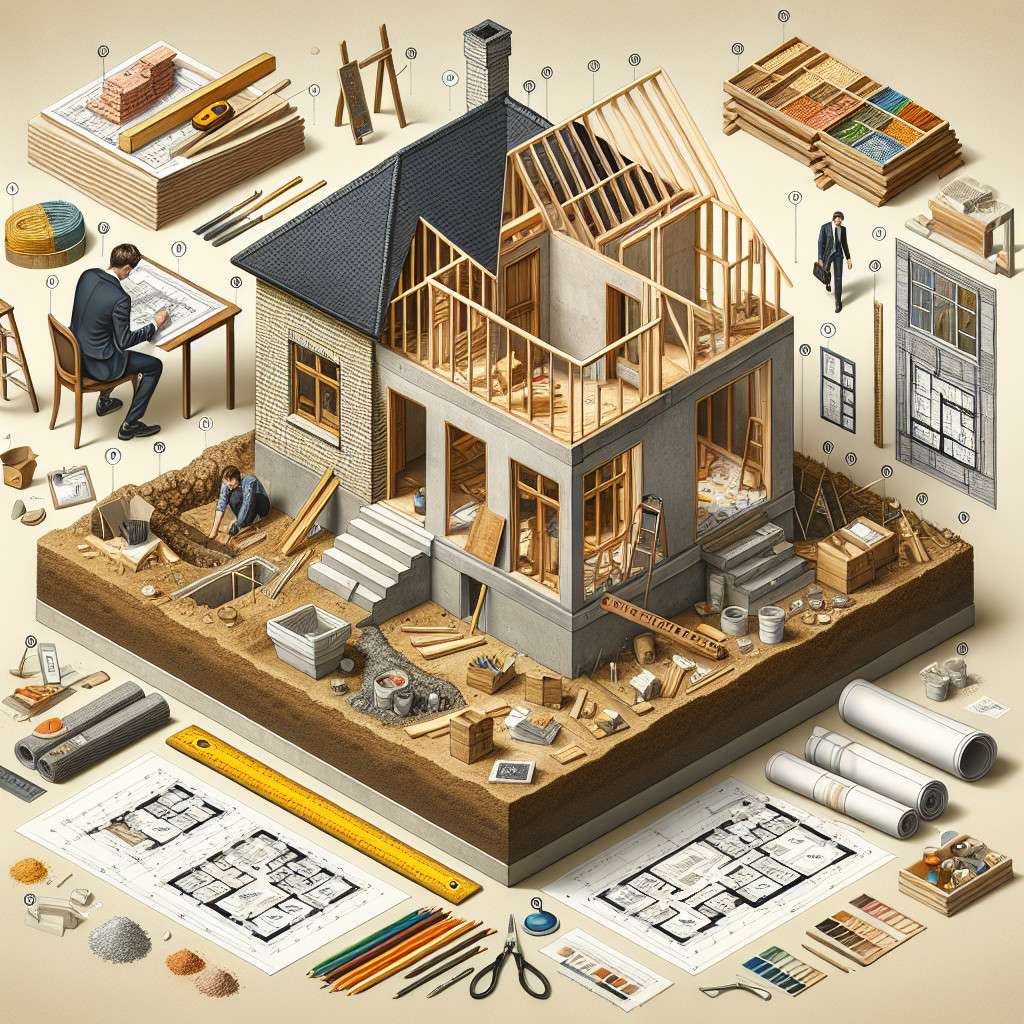
A Local Favorite Style
Navigating the Build: Challenges and Solutions
Building a home is not without its challenges, but understanding common obstacles and strategic solutions can transform potential headaches into triumphs. This segment dives into the realistic aspects of homebuilding, equipping businesses and prospective homeowners with the knowledge to manage their projects effectively.
Handling Construction Delays
Common Causes:
- Weather conditions can halt progress unexpectedly.
- Supply chain issues may delay the delivery of essential materials.
- Permitting delays can arise if local regulations change or are misinterpreted.
Proactive Solutions:
- Planning for buffer time in the project schedule can accommodate unforeseen delays.
- Building relationships with multiple suppliers ensures alternatives if primary sources falter.
- Regular communication with local authorities can keep the permitting process smooth.
Budget Management
Cost Overruns: Often inevitable, cost overruns need to be managed carefully to prevent significant financial strain.
Budgeting Tips:
- Always include a contingency fund in your budget, typically 10-20% of the total project cost, to handle unexpected expenses.
- Regular budget reviews throughout the project help track spending and adjust plans as necessary.
Interior Design and Technology in Homebuilding
Moving inside, the interior design and integration of technology play pivotal roles in modern homebuilding. These elements not only enhance the aesthetics but also the functionality and comfort of the living spaces.
Modern Interior Design Trends
Open Floor Plans: Promoting a more social environment, open floor plans are a popular choice, facilitating a seamless flow between the kitchen, living room, and dining area.
Natural Elements: Incorporating materials like wood and stone brings nature indoors, creating a calming, grounded atmosphere.
Smart Home Technologies
Automation Systems: From lighting and heating to security, automated systems offer convenience and efficiency, controlled via smartphones or voice commands.
Sustainability Tech: Energy-efficient appliances, smart thermostats, and solar technology not only reduce the home’s carbon footprint but also save on utility bills.
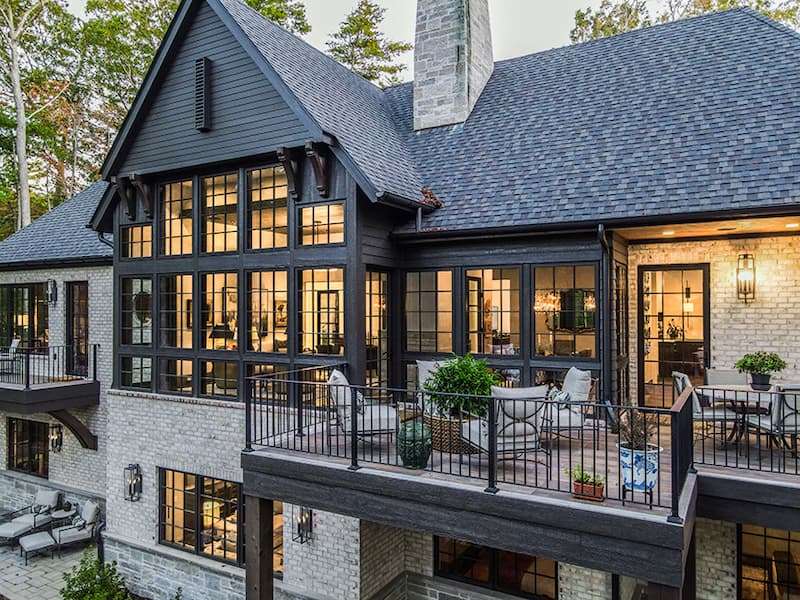
Tables of Relevant Homebuilding Facts
| Aspect | Detail |
|---|---|
| Average Build Time | 6-12 months, depending on complexity and size |
| Typical Cost per Sq Ft | $100 – $200, varies significantly based on location and materials |
| Popular Design Styles | Modern, Colonial, Craftsman |
Frequently Asked Questions
What is the most energy-efficient home design?
Answer: Designs that incorporate passive solar building designs, high-quality insulation, and energy-efficient windows are typically the most energy-efficient. These features help maintain temperature stability naturally, reducing reliance on heating and cooling systems.
How long does it take to build a custom home?
Answer: On average, it takes 6-12 months to build a custom home. However, larger homes or more complex designs could extend this timeline.
What are the biggest trends in homebuilding today?
Answer: Current trends include sustainable building practices, smart home technology, and designs that promote health and wellness, such as indoor air quality systems and home gyms.
How important is it to choose the right builder and architect?
Answer: It’s crucial. The right team ensures that your home not only meets your aesthetic and functional needs but also adheres to all building codes and standards, providing peace of mind throughout the process.
In the realm of homebuilding, each decision, from choosing the style to the specific building materials, plays a significant role in the creation of a home. As this guide has shown, the blend of aesthetic preference, practical planning, and advanced technology can result in a home that is not only beautiful but also a joy to live in. With a thorough understanding of these aspects, businesses and homeowners can navigate the complexities of homebuilding with confidence and creativity.

